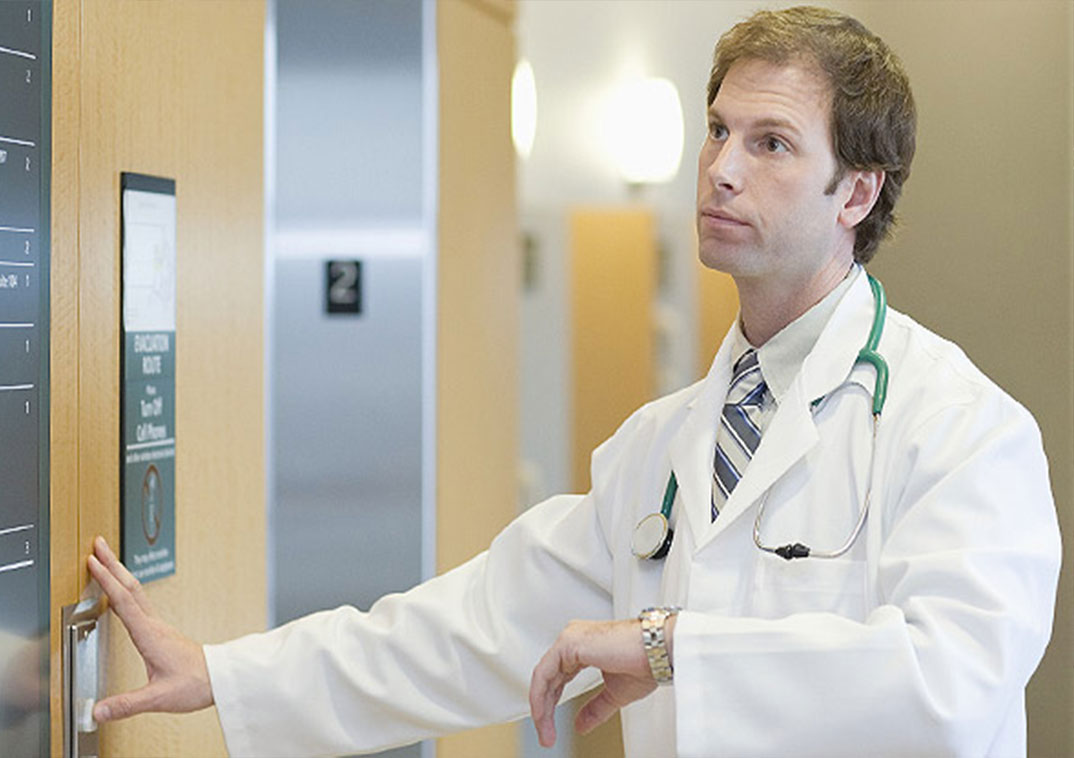1. Introduction to Hospital Bed Elevator Maintenance
Hospital bed elevators are essential devices used in medical facilities to adjust the height of beds for patient comfort, medical procedures, and caregiver ergonomics. Proper maintenance is crucial to ensure safety, extend equipment lifespan, and maintain reliable operation. This article provides a detailed overview of maintenance methods for hospital bed elevators.
2. Regular Inspection and Monitoring
Routine inspection is the foundation of hospital bed elevator maintenance. Regular checks can prevent malfunctions, identify early signs of wear, and ensure the device operates safely.
2.1 Visual Inspection
- Check for visible damage, corrosion, or deformation on the frame and lifting mechanisms.
- Inspect control panels, buttons, and handsets for cracks, wear, or loose connections.
- Verify that bed attachments and brackets are secure and properly aligned.
2.2 Operational Testing
Test the bed elevator by raising and lowering it through its full range of motion. Listen for unusual noises, observe uneven movements, and ensure smooth operation without jerks or delays.
3. Lubrication and Mechanical Care
Mechanical components of hospital bed elevators require proper lubrication to minimize friction, reduce wear, and maintain smooth movement.
3.1 Lubrication of Moving Parts
- Apply approved lubricants to joints, hinges, and tracks to ensure smooth elevation and lowering.
- Avoid over-lubrication, which can attract dust and debris, causing additional wear.
- Schedule lubrication based on manufacturer recommendations and usage frequency.
3.2 Inspection of Lifting Mechanisms
Check screws, bolts, and hydraulic or electric lifting systems for tightness, alignment, and integrity. Replace worn or damaged components promptly to prevent malfunction or safety hazards.
4. Electrical System Maintenance
Hospital bed elevators often use electric motors, battery systems, and control circuits. Electrical maintenance ensures reliable performance and prevents unexpected failures.
4.1 Checking Electrical Connections
- Inspect power cords, plugs, and connectors for wear, fraying, or corrosion.
- Ensure all electrical connections are secure and free from moisture or dust.
- Test emergency stop buttons and safety switches for proper functionality.
4.2 Battery Maintenance
For battery-powered models, regularly check battery levels, charge cycles, and terminals. Replace worn-out batteries to maintain consistent elevation performance.
5. Safety Checks
Safety is critical in healthcare environments. Regular safety inspections prevent accidents and protect both patients and staff.
5.1 Braking and Locking Mechanisms
Verify that brakes, locks, and casters are functioning correctly. Beds should remain stationary when the elevator is not in motion, preventing accidental movement.
5.2 Load Testing
Periodically test the bed with maximum rated load to ensure the elevator can safely lift and lower without strain or instability.
6. Cleaning and Hygiene
Maintaining cleanliness is essential for infection control and longevity of hospital bed elevators.
6.1 Surface Cleaning
- Use approved disinfectants to clean frames, side rails, and control panels.
- Avoid excessive moisture near electrical components.
- Clean casters and tracks to prevent debris from affecting movement.
6.2 Periodic Deep Cleaning
Schedule thorough cleaning of internal mechanisms to remove dust, dirt, and grease accumulation, enhancing both performance and hygiene.
7. Troubleshooting and Repairs
Timely troubleshooting prevents minor issues from becoming major failures.
7.1 Common Problems
- Slow or uneven elevation.
- Unresponsive control panels or buttons.
- Unusual noises from motors or mechanical parts.
7.2 Repair Protocols
Identify the root cause of malfunctions, replace worn or damaged parts, and retest functionality. Always follow manufacturer guidelines and consult certified technicians for complex repairs.
8. Conclusion
Regular maintenance of hospital bed elevators ensures patient safety, reliable operation, and long equipment lifespan. By performing routine inspections, mechanical and electrical upkeep, safety checks, cleaning, and timely repairs, healthcare facilities can optimize performance and reduce unexpected downtime. Following these methods helps maintain a safe and efficient environment for both patients and caregivers.












